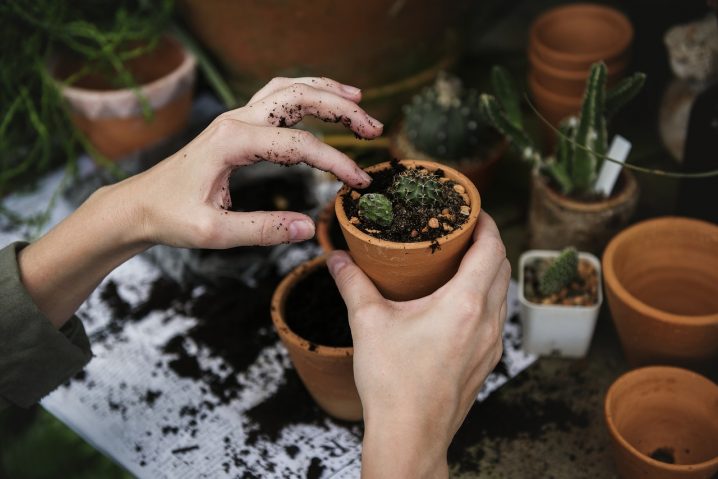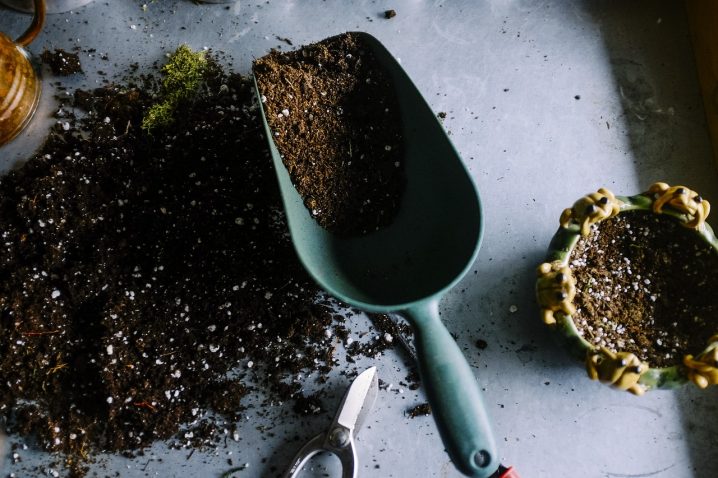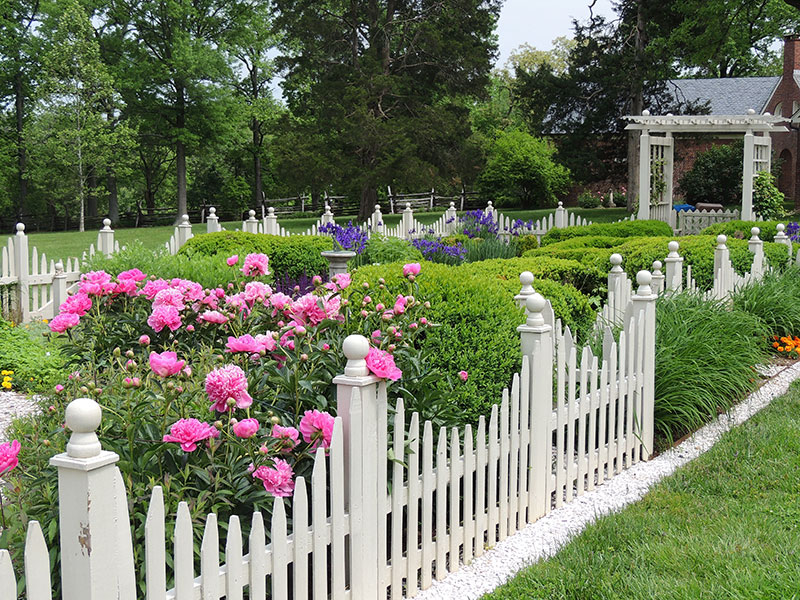It is the dream of many homeowners or even people renting a house to have beautiful scenery around their homes in the form of a garden. Or perhaps you have neighbours with amazingly elegant gardens, and you secretly covet their houses just because of that.
Not that you couldn’t have your garden, but just the fact that you have tried severally to make a garden, but always ended up with the garden not looking as nice and as welcoming as that of your neighbours—-worse still it looks like something out of a cartoon character. Or it could even be that you don’t know where to buy the materials and tools you need, either because you are new to gardening or don’t have the time of day to go looking for gardening materials.

Well, I can solve the problem of where to get good gardening materials right away, that is assuming you are the busy type or you just want a reputable place to get your garden supplies. It is no other place than Homethods. Now as for other matters concerning the aesthetics and the propagation of your garden—you will have to read on to get a few tips that might help in making you a better gardener.
Hide in plain sight
While it is not uncommon for newbies or people just new to gardening to try and hide an unpleasant look with a plant with plenty of big leaves, this can actually backfire. Because whether a plant blends in or stands out is heavily dependent on its texture. A big, dense shrub with very large, coarse leaves that are planted in front of an object to shield that object from view might be doing the reverse by rather drawing attention to the object you wanted to hide in the first place.
Thick and heavy undergrowth tends to visually swallow or encompass space rather than softly blending in with their surroundings. No doubt that they are usually good for blocking views, but they don’t mainly do it gracefully. From a distance, beautifully textured plants with not too big and narrow leaves appeal to the eye without demanding a lot of attention. So when trying to hide a space or something, those are the types of plants you should subscribe to.
Built-ins
To draw viewers’ attention away from bulky shapes or built-in elements in your garden such as barbecues, hot tubs, and fire pits make use of finely textured plants to help them synchronize into their surroundings. Of course, you won’t be able to hide these elements completely, nor should you try to, but you can enhance their look with a variety of well-chosen plants.
It is, however, important to bear in mind the overall size of the plant when it is has grown into maturity, as you can stand the risk of the plant growing so large that it overshadows the space it was meant to enhance. It is always recommended to go for vertical plants, because not only can they get the job done but they also don’t have the density to eat up the intended space. Also, have it at the back of your mind that whichever plant you choose should be able to withstand residual heat from the fire or other chemical compounds such as chlorine.
Hide completely
Sometimes it seems impossible to disguise or hide space or an object for that matter, because of so many reasons like shape, location, and size. In which case, you might want to consider permanently hiding the object or view. You can do this by making use of a lattice, evergreen plants or the art of diversion—or even in worst cases the combination of the three.
When the aim is to hide an object or view away completely, then you can “pull out all the stops.” With a touch of visual cleverness, colour blocking, and a unique style of arrangement, one can completely and permanently block unwanted scenery.

Soil
Plants in a container unlike plants in the ground cannot send their roots out in all directions searching for food and water. This invariably means that particular attention should be given to the type of soil and fertilizers that you are going to be using in your planting containers, because, these two factors have a major role to play in making a happy plant.
Try not to use old soil for your containers, always try to opt for a high-quality organic potting soil. Do have it in mind that even the richest growing medium will become depleted over time. Slow-release fertilizers are the way to go as this will help keep your plants healthy. And if you are one that prefers organic modifications, then consider one of the already- made compost “tea bags” readily available on the internet or from garden centres.
Sun
This is most oftentimes a challenge for balcony and courtyard gardeners. One side might be intensely bright, while the other side remains in the shade. It is very vital to have a grasp of how the quantity of light is defined. If for example, a tag says a plant requires full sun, then make sure it’s in an expanse that receives a minimum of six hours a day in the summer. Part sun is often defined as four to six hours a day. Note that plants in pots dry out much faster than those in the ground. Full sun plants should be watered on a regular basis/schedule during the hottest months.
SIze
In a nutshell, to live happily ever after, plants need room for their roots to grow. If by choosing, you prefer larger plants to provide vertical privacy, then make sure to choose a larger pot. But in choosing a larger pot, you have to take the time in determining the exact location where you want it to be before filling the pot with soil, as oversized containers will become too heavy once they are filled with soil and watered.
If weight is going to be an issue, then you might want to consider containers made from lightweight materials such as fibreglass, plastic, or fibre clay, which can resemble the traditional look of terracotta or a glazed ceramic at a fraction of the price.



